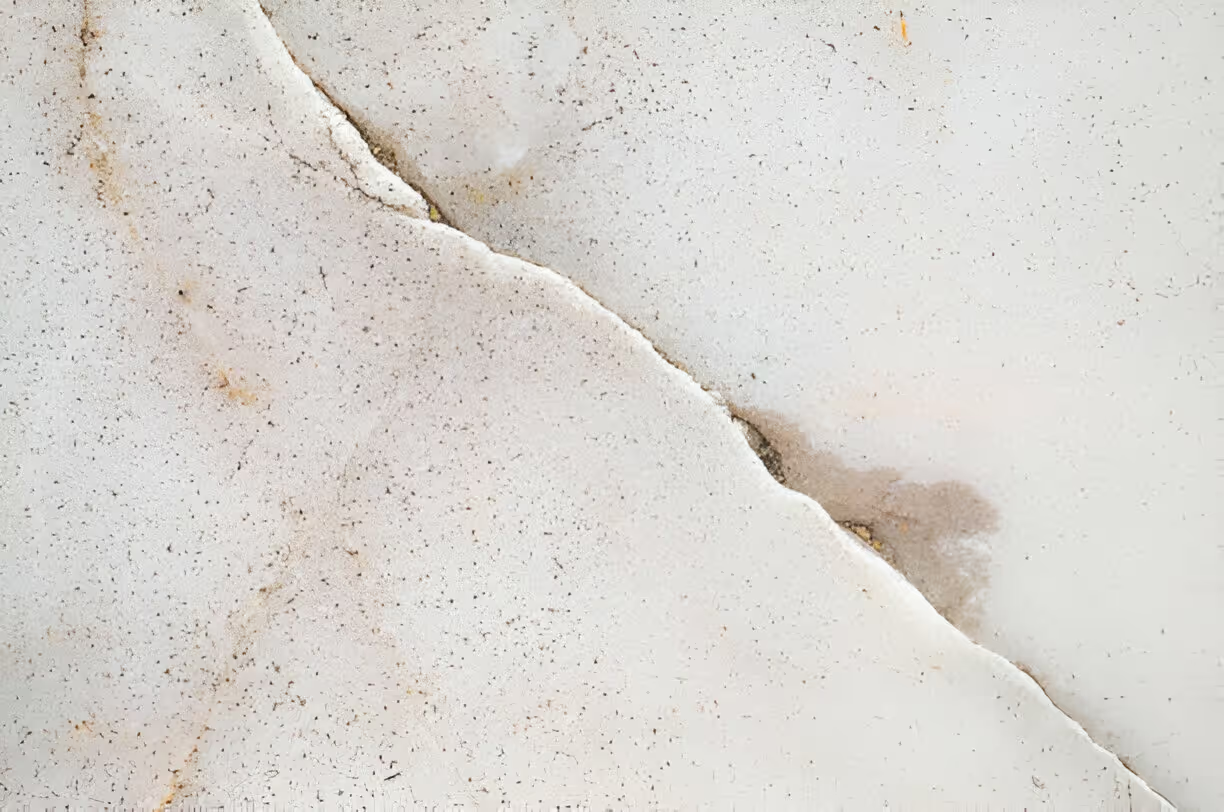Expert Slab Leak Detection and Repair in Mesa
A slab leak is one of the most serious plumbing issues a Mesa homeowner can face. It occurs when a water line—either a hot or cold supply line—located beneath your home's concrete foundation breaks or deteriorates. Unlike a simple dripping faucet, a slab leak is hidden from view, allowing it to silently release water that can compromise your home's structural integrity, waste thousands of gallons of water, and lead to extensive secondary damage. Addressing a suspected slab leak with urgency and professional expertise is not just recommended; it is essential to protecting your property.
The pipes under your foundation are susceptible to various pressures. The corrosive nature of Arizona’s soil, shifting ground, high water pressure, or simple age-related deterioration of copper pipes can all contribute to the formation of pinhole leaks or significant pipe breaks. Because these leaks are concealed, identifying them requires an understanding of their subtle but telling signs.

Key Warning Signs of a Slab Leak
Knowing what to look for is the first step in protecting your home from the destructive potential of a slab leak. If you notice any of the following symptoms, it is crucial to investigate further.
- An Unexplained Spike in Your Water Bill: If your water usage habits have not changed but your bill has increased significantly, a hidden leak is the most likely culprit.
- The Sound of Running Water: When all faucets and water-using appliances are turned off, your home should be silent. A faint sound of running, hissing, or dripping water could be coming from a pipe beneath the floor.
- Warm or Hot Spots on the Floor: If a hot water line is leaking, the water will warm the concrete slab and the flooring above it. These warm spots are a definitive sign of a problem.
- Visible Cracks in Walls or Flooring: As water saturates the ground beneath your foundation, it can cause the slab to shift or heave. This movement can manifest as new cracks appearing in your tile, concrete floors, or even drywall.
- Moisture or Mildew: The presence of damp carpets, warped baseboards, or a persistent musty smell of mildew indicates a moisture problem that could originate from below the slab.
- Reduced Water Pressure: A significant leak in a main supply line can cause a noticeable drop in water pressure throughout your entire home.
- Standing Water Around Your Foundation: If you see puddles forming around the exterior of your home with no clear source like rain or sprinklers, water from a slab leak may be seeping outwards.
Our Advanced, Non-Invasive Detection Process
The idea of finding a leak under a concrete slab can be daunting, bringing to mind images of destructive jackhammering and guesswork. Modern plumbing technology has made this approach obsolete. Our technicians utilize a suite of advanced, non-invasive diagnostic tools to pinpoint the exact location of a leak with precision, minimizing disruption to your home and property.
This process involves using highly sensitive electronic listening devices that can detect the sound of water escaping a pipe deep beneath the concrete. We also employ thermal imaging cameras to identify the temperature anomalies created by hot water leaks. By combining these technologies with pressure testing the lines, we can confirm the presence of a leak and map its precise location before any repair work begins. This ensures that any necessary demolition is targeted and minimal.
Comprehensive Slab Leak Repair Solutions
Once the leak is located, our experienced technicians will assess the situation and explain the most effective repair options for your specific circumstances. The best solution depends on factors like the age of your plumbing system, the location of the leak, and the overall condition of the pipes.
- Spot Repair: This is the most direct approach. Once the leak is pinpointed, a small section of the slab is opened to access the damaged pipe. The compromised section is then cut out and replaced. This method is ideal for newer homes where the leak is an isolated incident rather than a symptom of systemic pipe failure.
- Pipe Re-routing: If the leak is in a difficult-to-access location or if the plumbing system is old and likely to develop more leaks, a re-route may be the best long-term solution. This involves capping the broken line under the slab and installing a new, durable pipe that runs overhead through an attic or along walls, completely bypassing the old underground pipe. This prevents future slab leaks on that line.
- Epoxy Pipe Lining: In some cases, an epoxy coating offers a trenchless repair solution. A specialized epoxy resin is inserted into the damaged pipe, where it coats the interior walls and hardens to form a new, seamless "pipe within a pipe." This seals the leak without the need for extensive demolition. Its suitability depends on the pipe’s material, diameter, and the severity of the damage.
Navigating Homeowners Insurance and Repair Factors
Many homeowners are concerned about the cost and insurance implications of a slab leak repair. It’s important to understand that the cost is influenced by the leak's accessibility, the chosen repair method, and the extent of any secondary damage that needs remediation.
When it comes to homeowners insurance, policies vary, but a common principle applies. Most policies cover the resulting damage from a sudden and accidental leak—such as the cost to replace flooring, drywall, and cabinetry. However, the cost to repair the pipe itself may not be covered, particularly if the failure is deemed to be from long-term corrosion or lack of maintenance. We provide clear, detailed diagnostic reports and estimates that are essential for filing a successful insurance claim.






